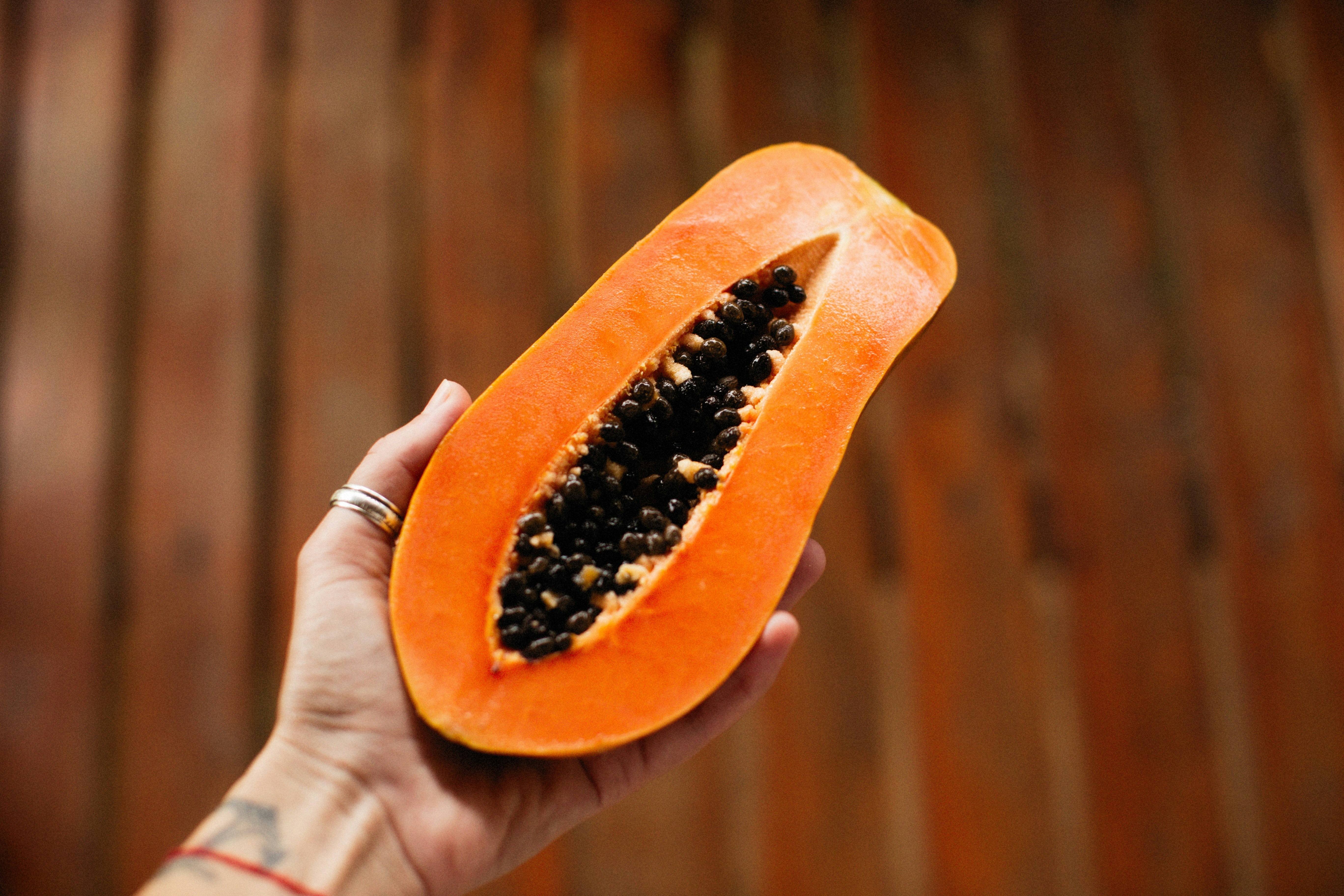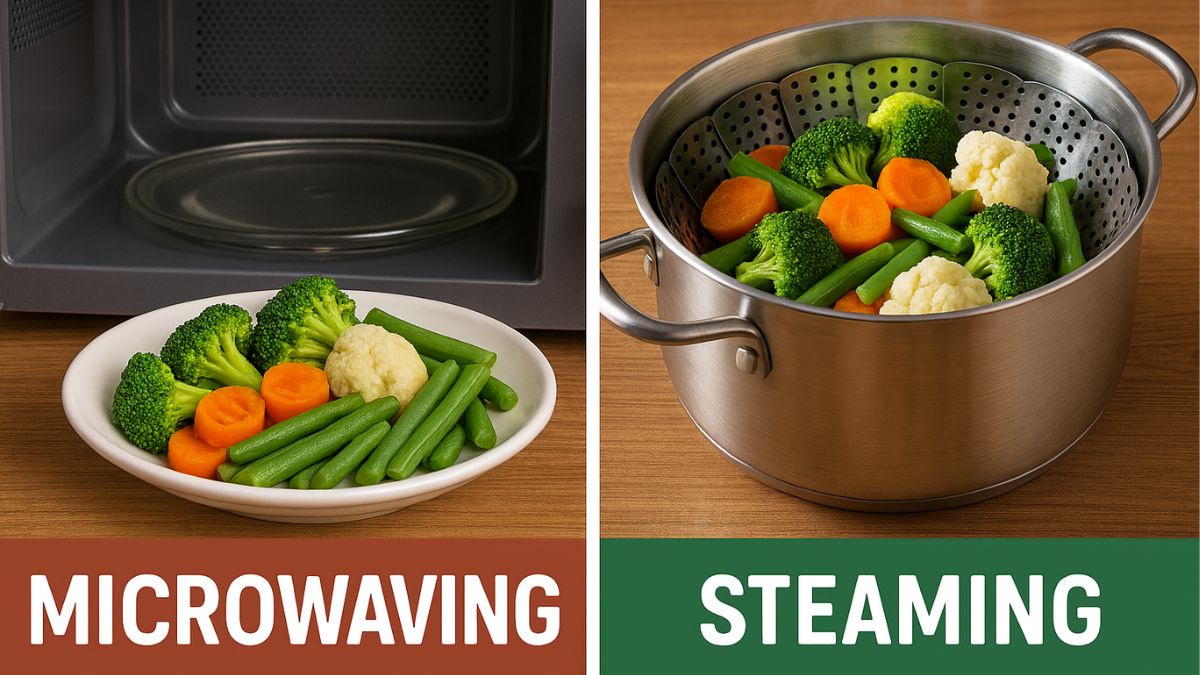We all know that Indian meals are incomplete without carbohydrates. Whether it is rice, roti, or a comforting bowl of khichdi, carbs are the backbone of most plates. However, in the name of weight loss and clean eating, many people have started removing them from their diets completely. The truth is that carbohydrates are not as harmful as they are often made out to be. In fact, the body requires them for energy, digestion, and even fat metabolism. Instead of cutting carbs out entirely, it is far more effective to understand how and when to include them in your meals.
Rice, wheat, and millets are staple carbohydrate sources that frequently appear on our plates. But each of them has a different impact depending on when they are consumed during the day. So, which carb works best with your routine? Here is what the experts suggest.
Also Read:Carbs Are Not Bad: 5 Grains To Enjoy In Your Everyday Rotis

Why Are Carbohydrates Important?
Just like any other essential nutrient, carbohydrates help the body perform daily activities. Many people avoid them out of fear of weight gain, but doing so can often backfire. According to celebrity nutritionist Pooja Makhija, “Carbs are needed to give you energy throughout the day. They are also important for the metabolism of fats. If you want to fight fat, you need carbs to burn them. Complex carbs from foods like whole grains, brown rice and lentils should make up at least 60 per cent of your daily meals. If you're not eating enough carbs, you will not be able to sustain the weight loss and eat more to make up for the lack of calories.”
So, instead of skipping carbs, focus on incorporating the right types in the right amounts.

Rice, Wheat or Millets: When Should You Consume These Carbohydrates?
Carbohydrates dominate most Indian meals, with rice, wheat, and millets being the most common options. However, their impact on the body varies based on the time they are eaten. Nutritionist Shalini Sudhakar explains that three factors play a key role in this:
Circadian Rhythm: Commonly referred to as the body's internal clock, it follows a natural 24-hour cycle that regulates bodily functions like sleep, hormone secretion, and digestion.
Glycaemic Index (GI): This refers to how quickly a particular food can raise blood sugar levels.
Fibre Content: Fibre is a type of carbohydrate found in plant-based foods that the body does not digest, and it plays a major role in maintaining gut health and regulating blood sugar.

Rice, Wheat or Millets: Which One Is Better for Your Meals?
According to the expert, timing your carb intake correctly can improve digestion, regulate blood sugar, and boost overall health.
1. Rice for Breakfast
Rice is high on the glycaemic index and relatively low in fibre, which means it can raise blood sugar levels quickly. This might sound like a drawback, but when eaten in the morning, it works in your favour. Since your body is more active during the day, it uses the glucose effectively for energy. Popular Indian breakfast dishes made from rice and its by-products include idli, dosa, and poha—all light yet energy-boosting options.
2. Wheat for Lunch
Wheat has a moderate glycaemic index and is high in fibre, making it easier to digest and less likely to cause a sudden spike in blood sugar. It also keeps you feeling fuller for longer without making you sluggish. Ideal lunch options include wheat flour rotis, dalia, and occasionally maida-based preparations, depending on dietary needs.
3. Millets for Dinner
Millets have the lowest glycaemic index among the three and are rich in fibre. They are ideal for dinner, as the body does not require high amounts of energy or glucose at night. They support digestion, help regulate blood sugar overnight and are easy on the gut. Suitable dinner-time millets include kodo, ragi, barnyard, jowar, bajra, and foxtail millet.
Also Read: Weight Loss: 5 Side-Effects Of Extreme Low Carb Diets You Should Know About
Each type of carbohydrate - rice, wheat, and millets - has a role to play in a balanced diet. When consumed at the right time of day, they can actually support your health goals, from maintaining blood sugar levels to aiding in weight management. Instead of eliminating carbs, understanding when to eat them could be the key to building healthier and more satisfying Indian meals.
About Nikita NikhilMeet Nikita, a passionate soul with an insatiable love for two things in life: Bollywood and food! When she's not indulging in binge-watching sessions, Nikita can be found behind the lens capturing moments or expressing her creativity through painting.













